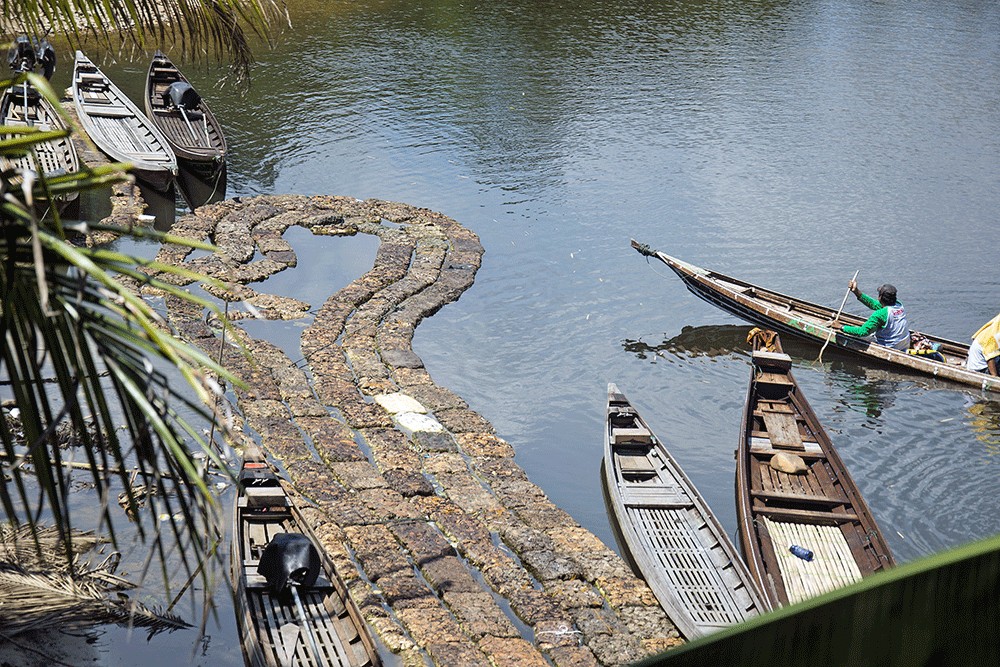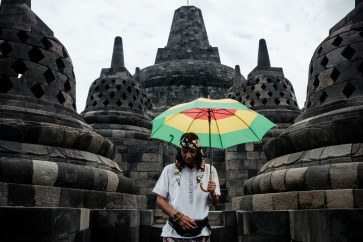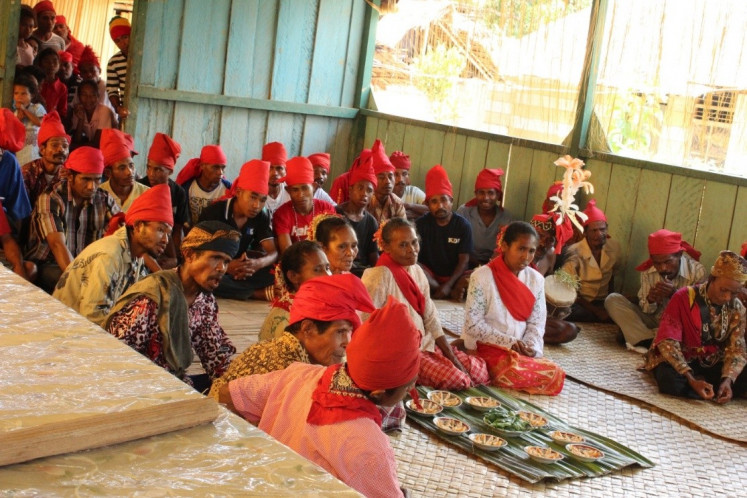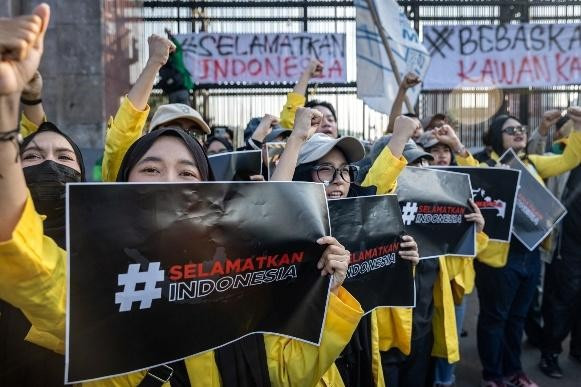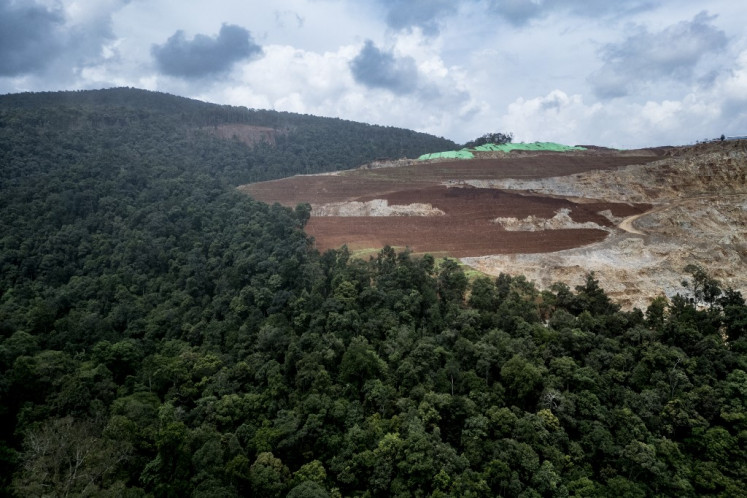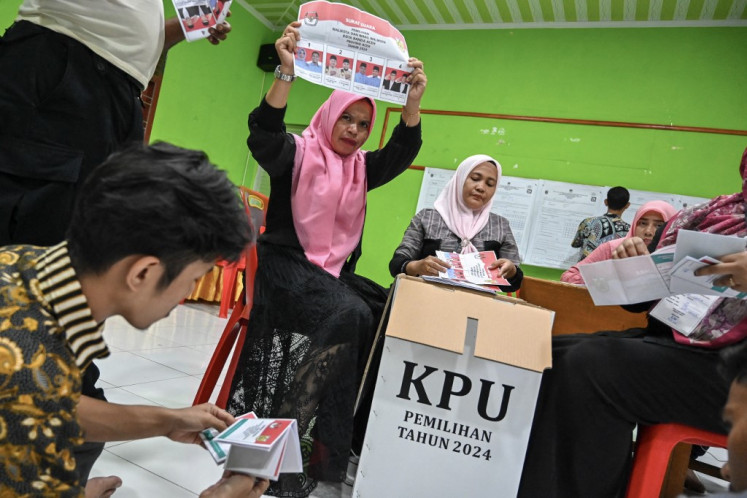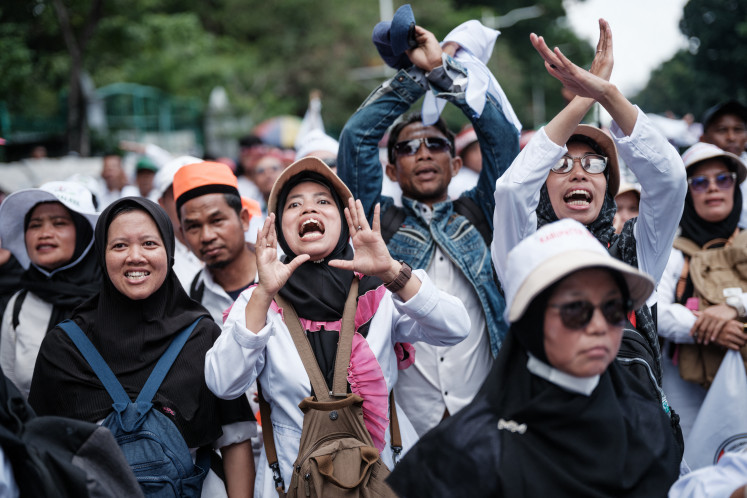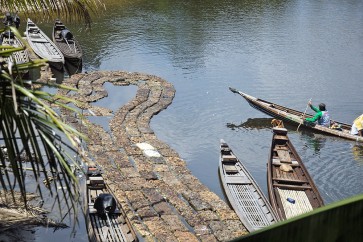Popular Reads
Top Results
Can't find what you're looking for?
View all search resultsPopular Reads
Top Results
Can't find what you're looking for?
View all search resultsNew threat to Indonesian rubber industry
Its cultivation can be severely limited by pathogenic diseases such as the Fusicoccum leaf fall disease.
Change text size
Gift Premium Articles
to Anyone
T
he rubber tree is the only commercial source of natural rubber. Its cultivation can be severely limited by pathogenic diseases such as the Fusicoccum leaf fall disease.
An outbreak of the disease was first recorded in 1987 in south Peninsular Malaysia. In Indonesia, the disease first occurred in 2016 in North Sumatra and has now spread to southern Sumatra from the end of 2017. Areas in South Kalimantan, Java, Lampung and Central Sulawesi have also been said to be affected.
Fusicoccum attacks all natural rubber clones and has affected more than 22,000 hectares of rubber plantations till date. Diagnosis of the disease is no easy task, as the onset of visible symptoms are not evident until after some time.
The Fusicoccum leaf fall disease is caused by the fungus of Neofusicoccum ribis. Disease symptoms typically appear only after stress caused by abiotic and biotic disturbances. The fungus causes severe infections that result in the defoliation (ranging from 30 to 80 percent) of the tree with a noticeable reduction of the canopy and a consequent reduction in the yield of latex.

